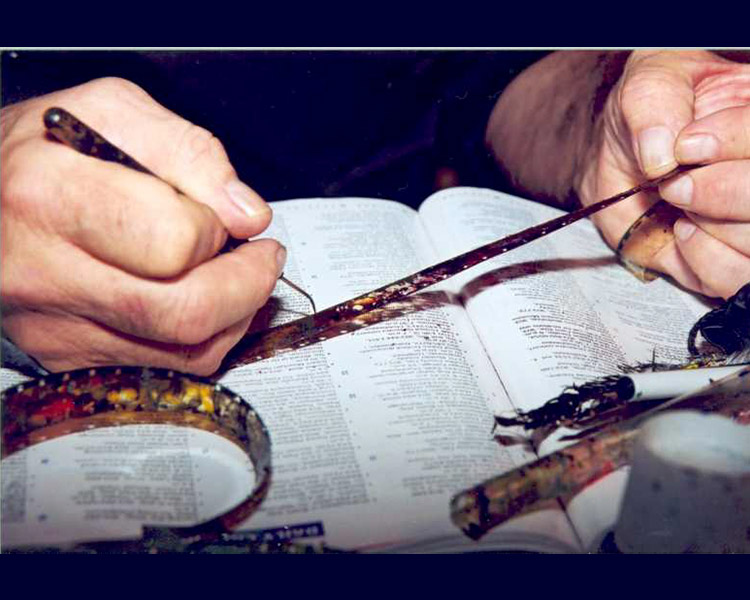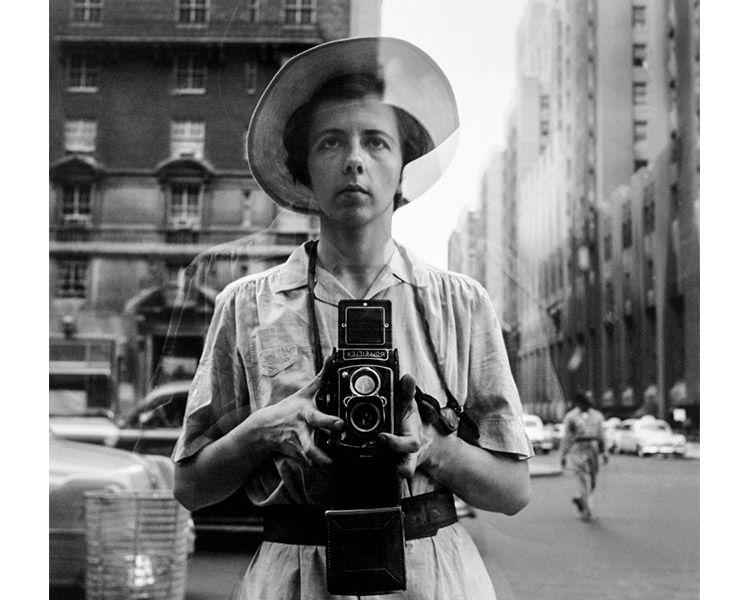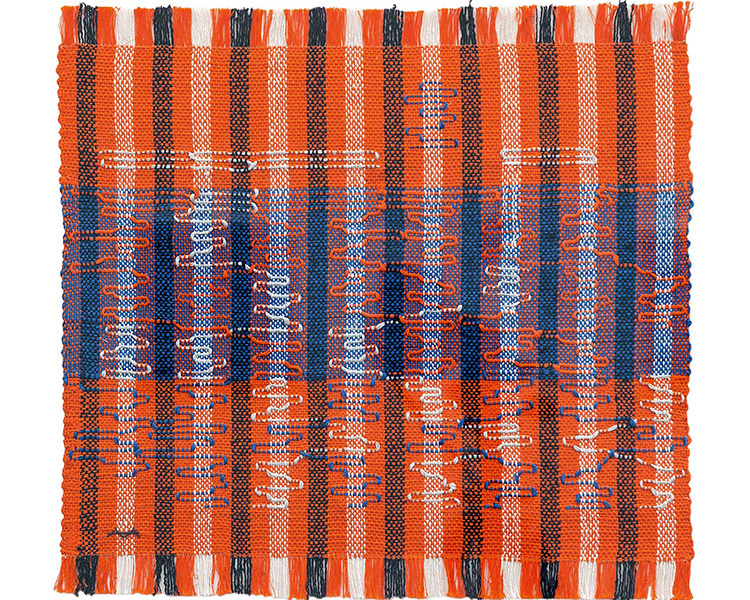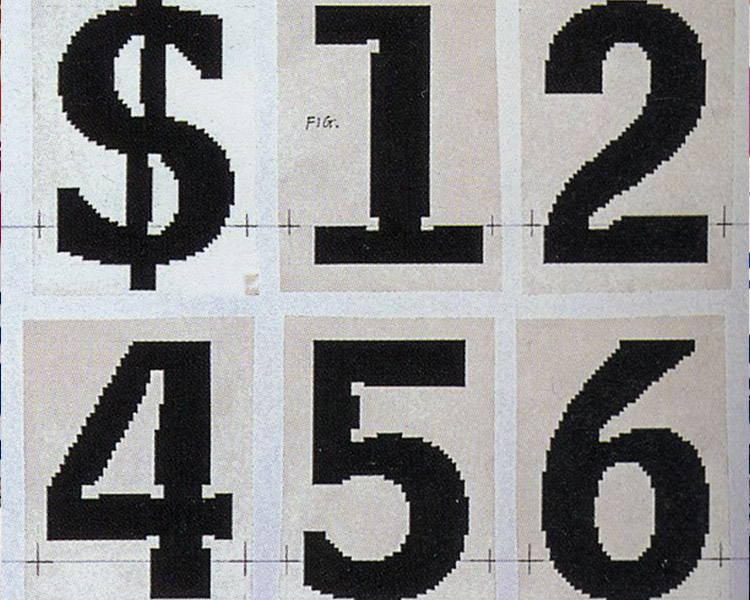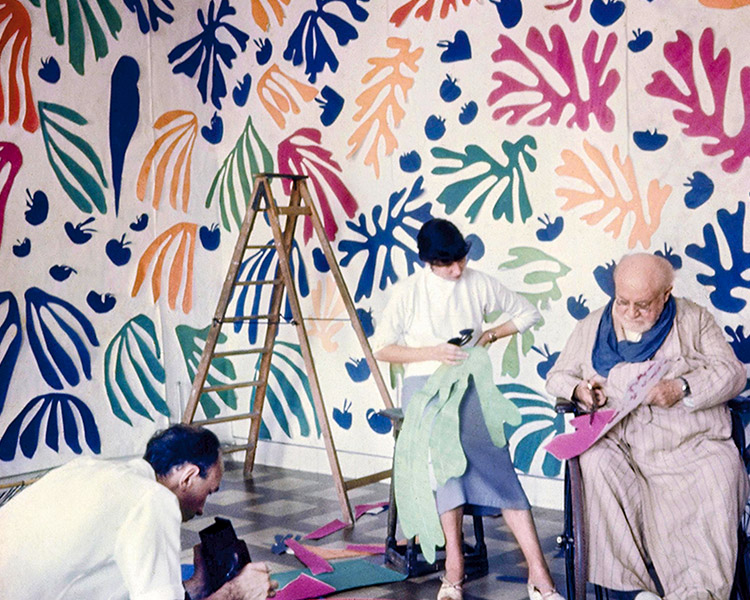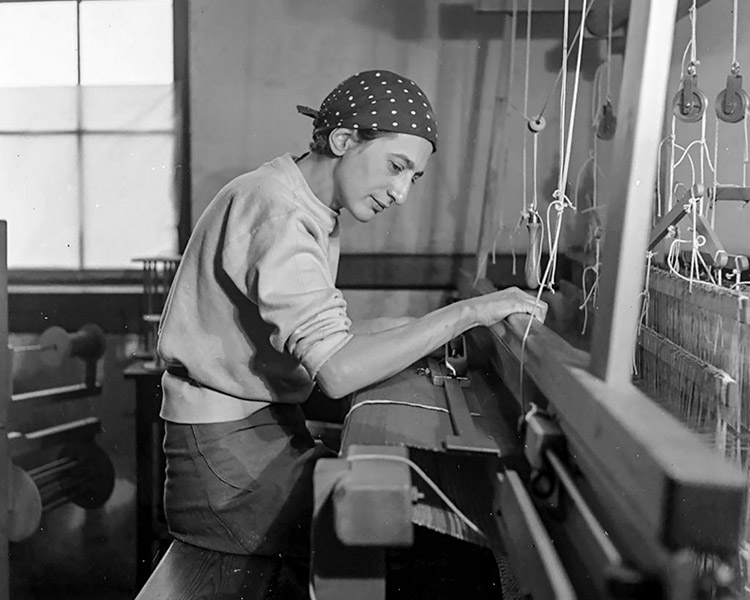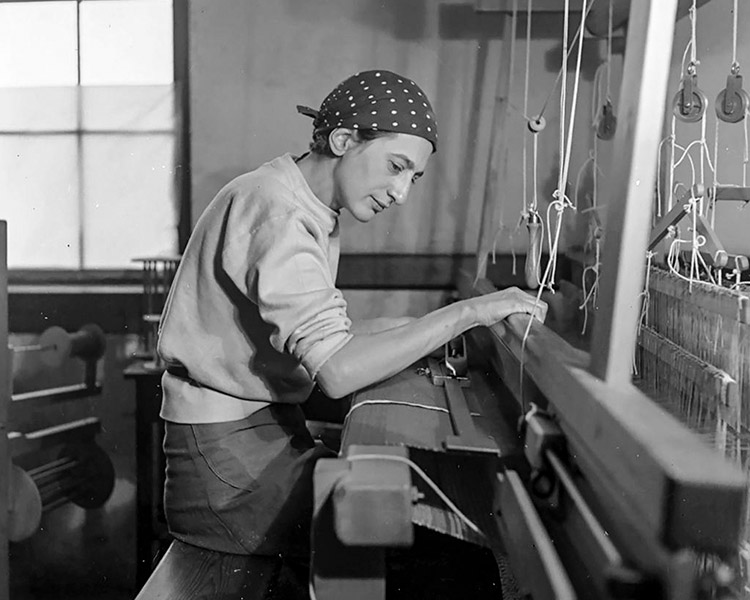

Friday 20 November 2020

10:00h

In the 60’s, Stan Brakhage decided to make cameraless film: Mothlight. He gathered and placed directly onto the filmstrip moths, flowers and leafs in tow 16mm strips of film material. After the lab work and copying the film, it was able to be projected in a cinema. Almost twenty years after this, Brakhage makes The Garden of Earthly Delights using the same technique, reinterpreting - something between an tribute and a discussion- the work by El Bosco. A total of 2.496 frames in which the filmmaker had glued himself, one by one, leaves and vegetation.
History of art is full of examples where artist have dedicated time to their works: not only in the concept or content but also in the research of materials. We know the story of Matisse and his cut-outs or Michelangelo personally going to the quarry to pick the marble for his sculptures.
But, let’s not go that far back. Let us land in our digital age. What has happened to materiality? Did it transfer to digital design? Do we take digital pictures and post them online, skipping the classic developing that turned light into matter the same way that we design directly in our screens? What implications does this have for the activity of designing?
In the 70’s, Matthew Carter, when digital design was in its infancy, started to work on Bell Centennial, a typography designed for American telephone guide. He designed, pixel by pixel, by hand, each one of the four weights of this family. It took him two years of work. The result was even funny, described by Carter as if it were bitten by dogs. Some traces were missing. What had happened? Carter had received a digital commision but he did not give up the research and study of the materiality: those preconceived hols were to compensate the effect of the ink spreading in cheap telephone guide paper.
Carter activated when doing his commission a responsible and demanding thought. And its result was a harmony between form and content. That is why it worked.
There is the need nowadays of reflecting upon the material side of design, not only as a romantic point of view of the job. Designers work using their intellect but they are artisans as well. The study of the material is key, because that is where the aesthetic issues and worries of the author reside, and therefore the social and ethical responsibility that our digital age puts in front of us. Is it possible that the digital age is drifting us away from the nature of our job?


